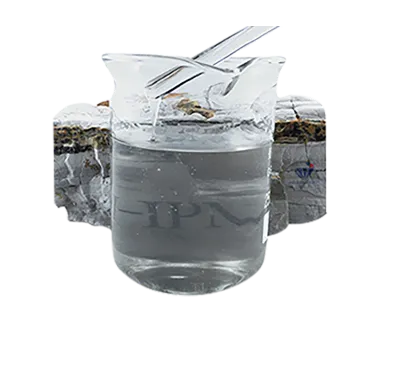
Rhag . 23, 2024 18:34 Back to list
Understanding HPMC HS Codes and Their Importance in Global Trade
Understanding HPMC and Its HS Code A Comprehensive Overview
Hydroxypropyl Methylcellulose (HPMC) is a popular cellulose derivative widely used across various industries due to its versatile properties. From pharmaceuticals and food production to construction and personal care, HPMC plays a vital role in enhancing both the functionality and quality of products. An essential aspect of international trade regarding HPMC is its Harmonized System (HS) code, which facilitates the smooth movement of this chemical across borders.
What is HPMC?
HPMC is a semi-synthetic polymer derived from cellulose, the main structural component of plant cell walls. Through a chemical modification process, hydroxypropyl and methyl groups are introduced to cellulose, resulting in a compound that exhibits unique properties such as superior solubility, thickening, and film-forming capabilities. This makes HPMC an invaluable ingredient in a variety of applications.
In pharmaceuticals, HPMC acts as a binding agent in tablet formulations, a thickener in syrups, and a controlled-release agent that allows for sustained drug delivery. In the food industry, it serves as an emulsifier, stabilizer, and texture enhancer, ensuring consistency and improving the sensory properties of products. In construction, HPMC is added to cement and plaster compounds to improve workability and water retention.
The Importance of HS Code
hpmc hs code

The Harmonized System is an international standardized system for classifying traded products. It was developed by the World Customs Organization (WCO) and is updated every five years. HS codes are crucial for several reasons they help facilitate international trade, ensure compliance with regulations, assist in the collection of trade statistics, and enable accurate duty and tax assessments.
Assigning the correct HS code to HPMC is vital for manufacturers and exporters. It ensures that they pay the appropriate tariffs and adhere to import/export regulations specific to their products. An incorrect HS code can lead to severe repercussions, including fines, shipment delays, or confiscation of goods at customs.
HS Code for HPMC
HPMC falls under the broad category of chemical products, and its specific HS code can vary based on the form and application of the product. Typically, HPMC is classified under HS code 3912, which pertains to Cellulose and its chemical derivatives. However, it is essential for companies to consult with customs professionals or refer to the latest HS Code directory to ascertain the exact classification for their specific HPMC product, as nuances exist based on the degree of substitutions and the physical form in which it is traded.
Conclusion
In conclusion, Hydroxypropyl Methylcellulose (HPMC) is an indispensable chemical compound utilized across multiple industries due to its beneficial properties. Understanding the significance of its HS code is essential for businesses engaged in the global trade of HPMC. Accurate classification not only facilitates smooth customs procedures but also ensures compliance with international regulations, ultimately paving the way for successful trade endeavors. As the demand for HPMC continues to grow, staying informed about its classification and regulatory frameworks will be crucial for industry stakeholders.
-
Versatile Hpmc Uses in Different Industries
NewsJun.19,2025
-
Redispersible Powder's Role in Enhancing Durability of Construction Products
NewsJun.19,2025
-
Hydroxyethyl Cellulose Applications Driving Green Industrial Processes
NewsJun.19,2025
-
Exploring Different Redispersible Polymer Powder
NewsJun.19,2025
-
Choosing the Right Mortar Bonding Agent
NewsJun.19,2025
-
Applications and Significance of China Hpmc in Modern Industries
NewsJun.19,2025







